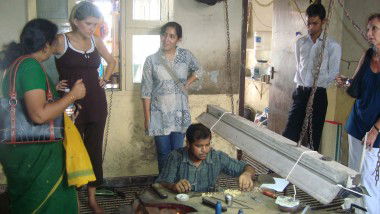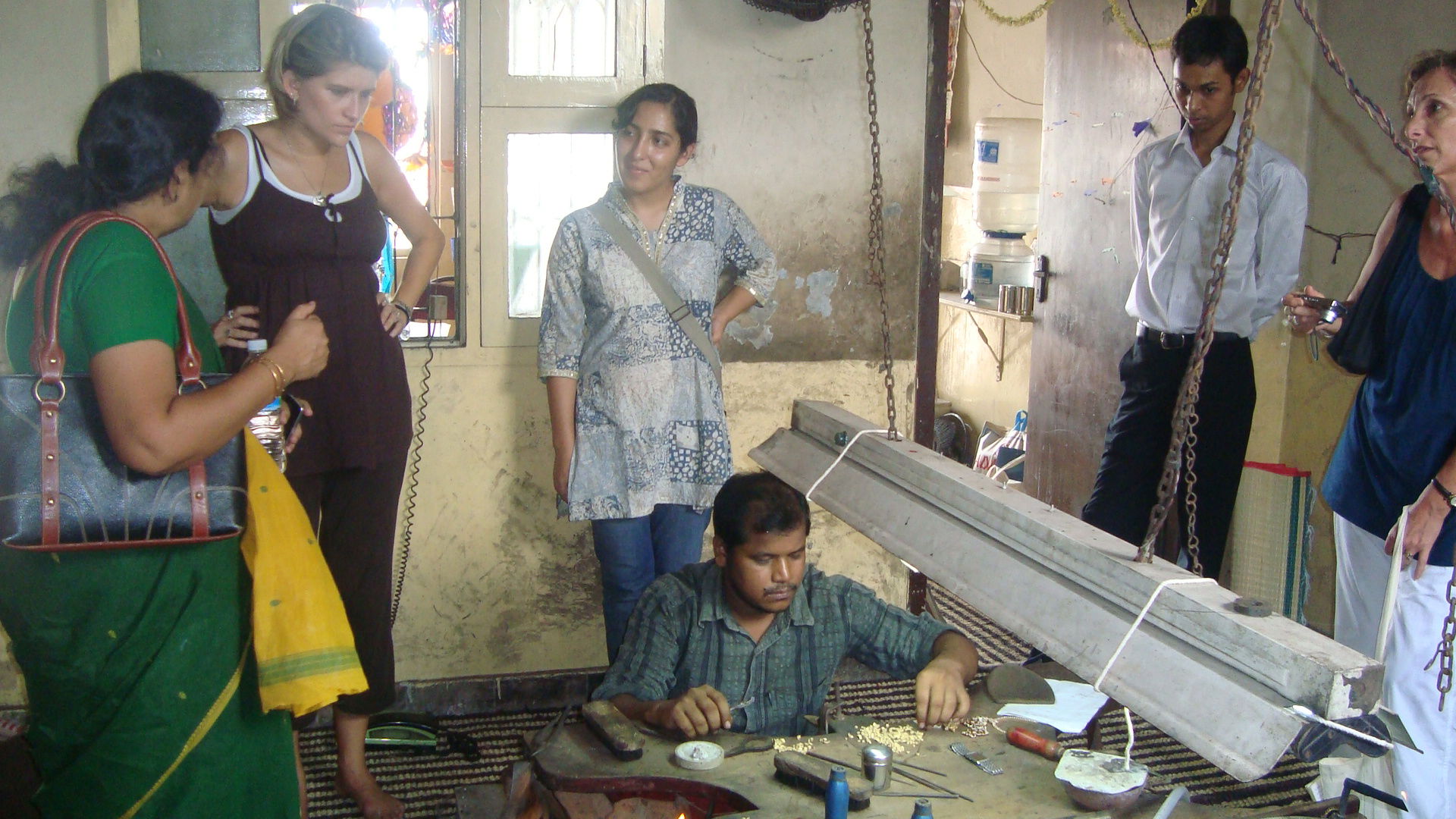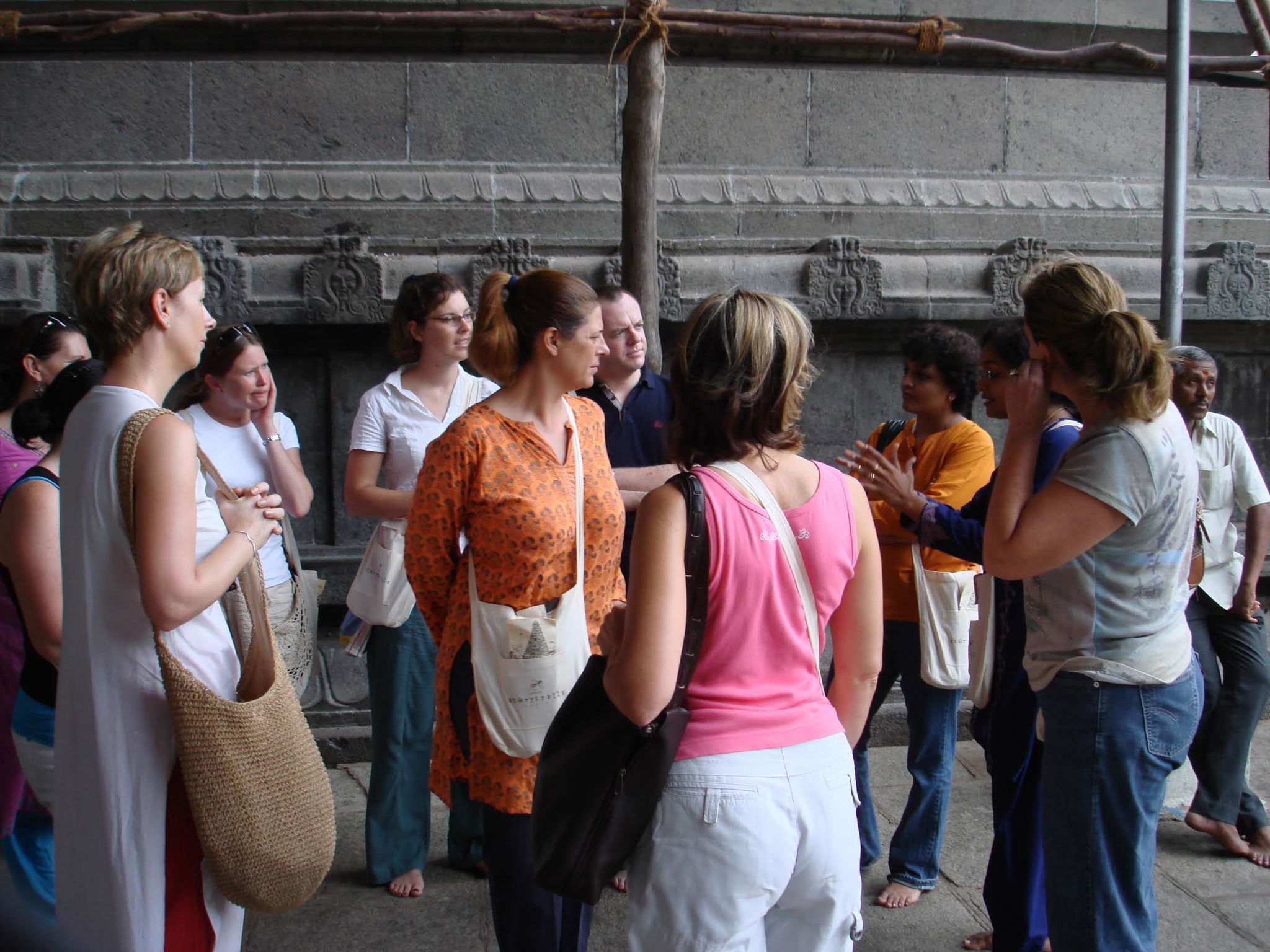Articles features
Storytelling reshaping future of walking trails (April 18 is the World Heritage Day)

New Delhi, April 17
History and culture are
intertwined and a better way to celebrate the rich heritage of India is
by sharing this through stories. India is no stranger to the ancient
tradition of oral storytelling, and a few are determined to take this
craft forward by incorporating it into walking trails focussing on
providing wholesome experience by engaging audiences and incorporating
local stories.
The Indian capital has been at the centrestage of
the burgeoning industry of heritage and food walks that have mushroomed
across every corner of our country - promising a date with the history.
They have plenty to offer from food and heritage walks to old Delhi
bazaar and haveli walks.
But the run-of-the-mill presentation
style has brought in monotony, leaving limited scope for improvement.
This was the challenge Yuveka Singh faced when she started her
storytelling organisation - Darwesh - in April, 2013.
Initially
she started with regular walks and slowly from her experience felt the
need to push boundaries and included performances during the walks where
the actors narrated historical events through dance and theatre.
"Storytelling
has always remained the crux of our walks. But it was during one of our
walks we realised why not bring these dead characters to life through
performances and transport the audience to those times," Yuveka Singh
told IANS.
"Since then, it became extremely important for us to
use the open space creatively and put them together in a picture. So we
are always looking at a better way to narrate a story and pick up
different lenses to look at Delhi," she said, adding that they
creatively use open ruins or spaces to narrate a tale through
performances.
The Delhi-based group has offered a performative
storytelling on the life of Razia Sultan and walked through the ruins of
old Delhi to retell the stories of begums and nautch girls.
The
stories need not only come from history. A sight or a building too has a
story to share as it stands witness to the glorious past. So are local
customs and traditions that have a deep-rooted relationship with the
days of yore.
It is these stories Chennai-based organisation
Storytrails offers to those who want to explore beyond the checklist and
travel itinerary and are willing to soak into the unique character of a
city.
"We leave ourselves very little time to soak in the
elements that give every place its unique character - the customs, mores
and the ways of their lives. But then again, even if you wanted to,
where do you look for such intangibles? You will find them in stories -
stories that exist behind ordinary, everyday sights," Storytrails
founder Vijay Prabhat Kamalakara told IANS in an e-mail interview from
Chennai.
The IIM-Indore alumnus founded Storytrails in 2007 out
of the idea that travel destinations ought to be experienced and not
just seen.
Its trails - in Chennai and Madurai - are walking
tours, but are not designed to be those of any particular neighbourhood.
Instead, each trail revolves around a different theme and takes through
places and experiences that are relevant to the theme.
However,
"telling a story interestingly" is the focal point of all the walks.
Based on this, Storytrails has curated walks like Jewellery Trail,
Bazaar Trail, Spice Trail, British Blueprints and Once upon a Madurai,
among several others.
The string that ties both these
organisations is their passion for research and getting the facts right -
as these are the main ingredients for building a credible image.
Along
with this, Storytrails ropes in local performers, shopkeepers, dancers
and arrange visits to traditional havelis, buildings and homes to give
the participants a peek into history by staying in the present.
"We
are not just storytellers, we are facilitators who have the duty to
tell our group how this building was historically relevant and how its
inhabitants feel about the place," Yuveka Singh said, adding that during
one of the trails she introduced the group to the lost-tribe of
"behrupias" (imposters) and how they shared the journey of their life.
"In
the normal course of life, we don't bother about these aspects, but
this is what we are doing - helping others to share a story," she added.
Similarly, Sandiya of the Storytrails team said the emphasis during the walks is to focus on what goes beyond the obvious.
And
a perfect example of this is the Jewellery Trail, where the group is
not introduced to the "obvious" world of yellow-metal, but the stories
behind gems and traditions related to jewellery are explored.
"We
tell them how, by looking at a woman, you can tell a lot about her
personality. So we introduce jewellery as a language to identify
people," Sandiya told IANS over the phone from Chennai.
It is
these languages they are experimenting with to create a new vocabulary
for travel and history enthusiasts. Indians and foreigners alike are
warming up to these concepts and learning about history through engaging
narratives.
(Shilpa Raina can be contacted at shilpa.r@ians.in)





































